Electrification is advancing across the UK as fleets adopt more electric vehicles, but several issues remain. So says managing director of global EV solutions at Allstar, Tom Rowlands.
Speaking as part of Allstar's sponsorship of the Fleet News Electric Report, Rowlands discussed current trends and challenges that fleets are experiencing as part of their electrification journeys.
Growth and general trends
Allstar is witnessing significant growth in fleet electrification across the UK, with stronger demand in the fleet sector as opposed to the consumer space. Car numbers, sessions, and kWh (kilowatt-hour) were all pointed to as showing growth on a monthly basis.
Rowlands then noted a particular trend in the sector: the push for multi-location charging.
“Fleets are much less willing to accept just being able to charge on the road. We’re seeing a bigger push for home charging solutions and, once home charging is available, a push from fleet managers for data on who in the fleet has the capability to charge at home.”
This demand appears to be driven by the difference in cost between on-road charging and home charging, plus the operational downtime involved in charging. This disparity leads to questions about whether drivers without chargers could pair with someone who does and rent their charger.
Another trend observed by Allstar is that, where fleets have progressed early in their electrification journeys, they often slow down when considering what is needed to reach 100% completion.
Rowlands commented: “I think that’s partly driven by operational factors. It’s quite hard to take that last 40% because maybe they’re doing routes that are not appropriate for an EV, or due to the high total cost of ownership involved. But the recent ZEV mandate changes have taken the pressure off for some of those bigger fleets.”
Total cost of ownership and other challenges
Tom Rowlands then discussed the challenges facing fleets engaged in electrification.
The total cost of ownership – beyond charging, the cost of the vehicles themselves – was noted as a barrier for many fleets in the sector, particularly when considering vans.
“I think it’s improving.” Rowlands said, “But the range of vehicles available and the cost of those vehicles is not where it needs to be to get fleets on the journey.”
Additionally, the cost of public charging was mentioned as a significant factor.
“There’s a lot of good reasons why rapid charging is expensive. CPOs are investing a huge amount of money to get really good infrastructure in the ground now with hubs. But clearly the hub – with 50 ultra-rapid chargers – isn’t cheap; and therefore, the cost of charging at a location like that is expensive – which then feeds into a TCO loop and is why many of our fleets are looking at multi-location charging strategies to decrease the cost of public charging.”
The nuances of current infrastructure
With more than 76,500 charging points across the UK, an easy assumption is that this is enough for fleets. But, as Rowlands explains, the reality is more nuanced.
“On-road networks have come a huge way over the last two years with the development of hubs. We’re not seeing fleet vehicles having to queue, or not being able to get on chargers, so I think it’s a very workable network. You can go to a hub, get on a charger, charge, and then you’re away.”
However, Rowlands acknowledges that there are areas of the country where infrastructure is not as good, which can cause disparity depending on where a fleet is located.
“If you’re in Cornwall, for example, it’s very different from the south of England in terms of available infrastructure. You could argue that the infrastructure is not strong enough.
Overall, Rowlands maintains that the network is fit for purpose, with room for improvement.
“The network is sufficient to support fleet electrification. But, to give today’s fleets the confidence to go faster, convert more and get more vehicles on the road, the network needs to grow.”
Advice for fleets
Tom Rowlands demonstrated Allstar’s electrification expertise with words of advice for fleets starting or currently on their EV journeys.
“Undertake a lot of research. There’s a huge amount of good information, resources and support out there. Look at your current fleet, their routes, and start with vehicles on the shortest routes, or those with the ability for drivers to charge at home. Pick a driver as an advocate, who wants to be in an EV and wants to help and offer constructive feedback.
But educate yourself and speak to people. It’s a very friendly industry, so people are willing to talk and help.”
For fleets looking to accelerate their EV transition, Rowlands recommended a multi-location charging perspective.
“If you’re struggling because of TCO, look at home charging, depot charging, look at off-street parking and near-home charging. Look at different solutions and, if you’re struggling to convert the more difficult routes, there are companies who will take your data – route and vehicle data – and put it into a model to help you. I think people overestimate their mileage and underestimate idle times. So, look at the data and see what is possible.”
This article is a paid for promotion with Allstar.
Learn more with the exclusive EV Report
Allstar is working to provide solutions that enable its fleets to complete their EV transitions. The brand is also a sponsor of the EV Report from Fleet News, available now on the Fleet News website.
For more leading insights on electrification and other industry topics, sign up for the Fleet News digital newsletter.





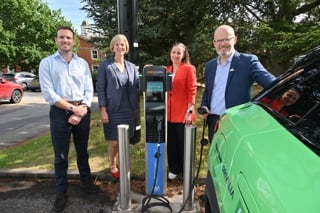

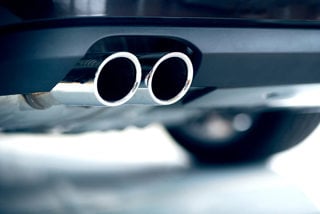

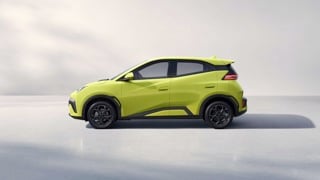





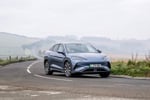


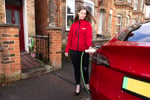
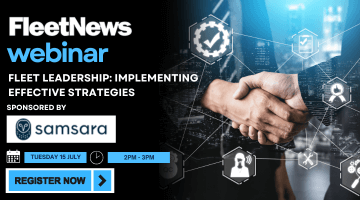

Login to comment
Comments
No comments have been made yet.